Which Of The Following Is True Of Public Relations

Imagine a world where trust is the currency, and every interaction builds or breaks that trust. Businesses and organizations are constantly vying for attention, for understanding, and ultimately, for support. But in the cacophony of modern communication, how do they ensure their voices are not only heard but also believed?
The answer, in essence, lies in Public Relations (PR). It's not just about spinning stories; it's about building genuine connections with the public. This article explores the core tenets of PR, dispelling myths and illuminating its true purpose in today's dynamic landscape.
Understanding the Essence of Public Relations
At its heart, PR is a strategic communication process that builds mutually beneficial relationships between organizations and their publics. It's about fostering understanding, managing reputation, and shaping perceptions.
Unlike advertising, which involves paid media space, PR relies on earned media – coverage and recognition gained through building relationships with journalists, influencers, and other stakeholders.
The Key Elements of Effective PR
PR is not a monolithic entity; it encompasses various activities. This includes media relations, crisis communication, content creation, event management, and social media engagement.
It is about crafting compelling narratives that resonate with the target audience. In this case the stories have to communicate an organization's values and mission.
Media Relations is a cornerstone of PR. It is about cultivating relationships with journalists and media outlets to secure positive coverage.
A well-crafted press release can announce new products, partnerships, or initiatives. Similarly, an expert interview can position a company leader as a thought leader in their industry.
Crisis Communication is another critical area. It involves managing communication during a crisis to protect an organization's reputation and minimize damage.
A swift and transparent response is essential to effectively handle a crisis. Ignoring the situation or attempting to cover it up often exacerbates the problem.
Content Creation is the fuel that drives PR campaigns. Compelling blog posts, engaging social media updates, and informative videos are all examples of content that can capture attention.
Content is all about conveying key messages and building brand awareness. The content should also reflect the organization's values and personality.
Event Management provides opportunities to engage with the public directly. Product launches, conferences, and community events can create positive experiences and build relationships.
Events allow people to connect with the brand on a personal level. This allows the building of brand loyalty and generate positive word-of-mouth referrals.
Social Media Engagement has become increasingly important in the digital age. Platforms like Twitter, Facebook, and Instagram provide powerful tools for reaching and engaging with target audiences.
Active social media presence can build the audience by participating in conversations, responding to comments, and sharing valuable content.
Dispelling Common Misconceptions
One common misconception is that PR is synonymous with spin. In reality, ethical PR is built on honesty, transparency, and integrity.
Organizations should focus on building genuine relationships. The basis for building genuine relationships is on trust, rather than manipulating public opinion through misleading information.
Another misconception is that PR is only for large corporations. In reality, businesses and organizations of all sizes can benefit from effective PR.
A small startup can use PR to raise awareness and attract early adopters. A non-profit organization can use it to promote their mission and solicit donations.
The Significance of Public Relations in the Modern World
In today's interconnected world, PR is more important than ever. Consumers are increasingly skeptical of traditional advertising and rely on word-of-mouth and online reviews to make purchasing decisions.
Positive PR can build trust and credibility. It can influence consumer behavior and drive business growth. Reputation Management is key in the online world.
According to a 2023 report by the Public Relations Society of America (PRSA), organizations that prioritize PR are more likely to achieve their business goals.
The PRSA report highlights that effective PR can lead to increased brand awareness, improved customer loyalty, and enhanced employee engagement.
Furthermore, PR plays a crucial role in shaping public discourse on important social and political issues. Organizations can use PR to advocate for policies that align with their values and promote positive social change.
Corporate Social Responsibility is becoming increasingly important. The demonstration of values to society can attract employees and customers.
Measuring the Impact of Public Relations
Measuring the effectiveness of PR can be challenging. However, there are several metrics that can be used to track progress.
These metrics include media coverage, website traffic, social media engagement, and brand sentiment. Analyzing these metrics can provide insights into the impact of PR efforts.
Tools like Google Analytics and social media analytics platforms can help track these metrics. Many other softwares can aggregate the data and present them in reports.
The Future of Public Relations
The field of PR is constantly evolving, driven by technological advancements and changing consumer behavior. Social media, artificial intelligence, and data analytics are all transforming the way PR professionals work.
PR professionals must be adaptable, creative, and data-driven. They must be able to leverage new technologies to reach and engage with target audiences.
Artificial intelligence can be used to automate tasks such as media monitoring and content creation. Data analytics can provide insights into audience behavior and campaign effectiveness.
A Final Reflection
PR is more than just a job; it's a calling. It requires a passion for communication, a commitment to ethical behavior, and a genuine desire to build relationships. When done right, PR can be a powerful force for good, helping organizations connect with the world and make a positive impact.
So, which of the following is true of public relations? It's not just about press releases and media hits. It's about building trust, fostering understanding, and shaping a better future through strategic communication.
Ultimately, the true measure of successful PR is not just in the numbers, but in the lasting relationships that are forged and the positive impact that is made on the world.
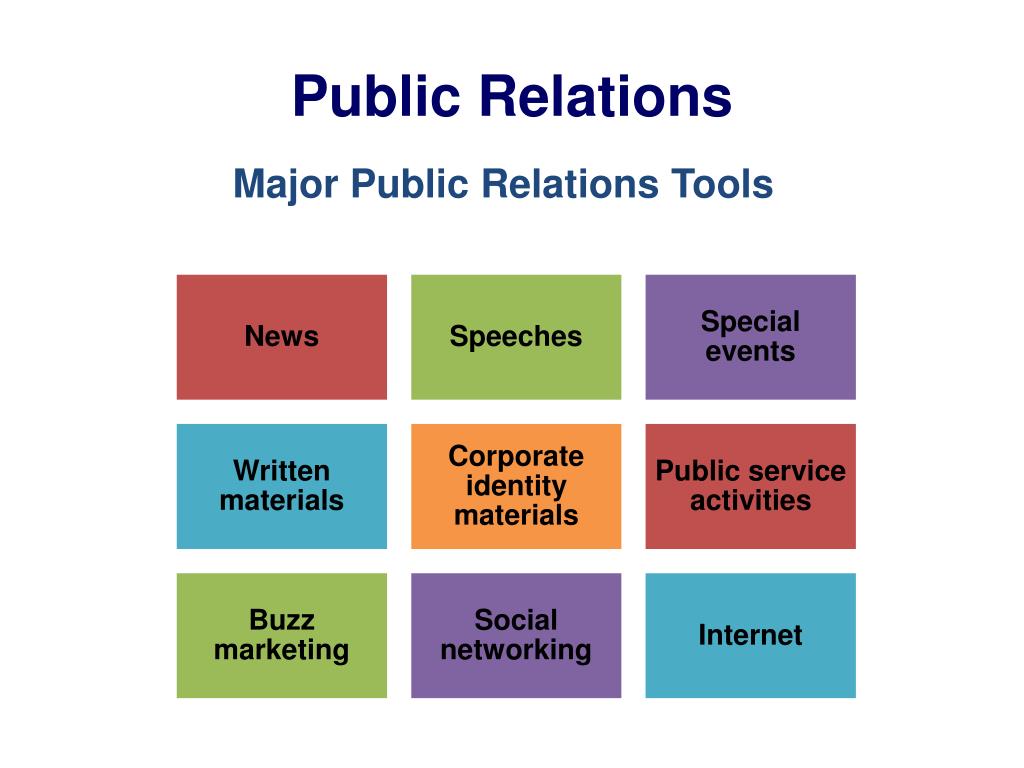
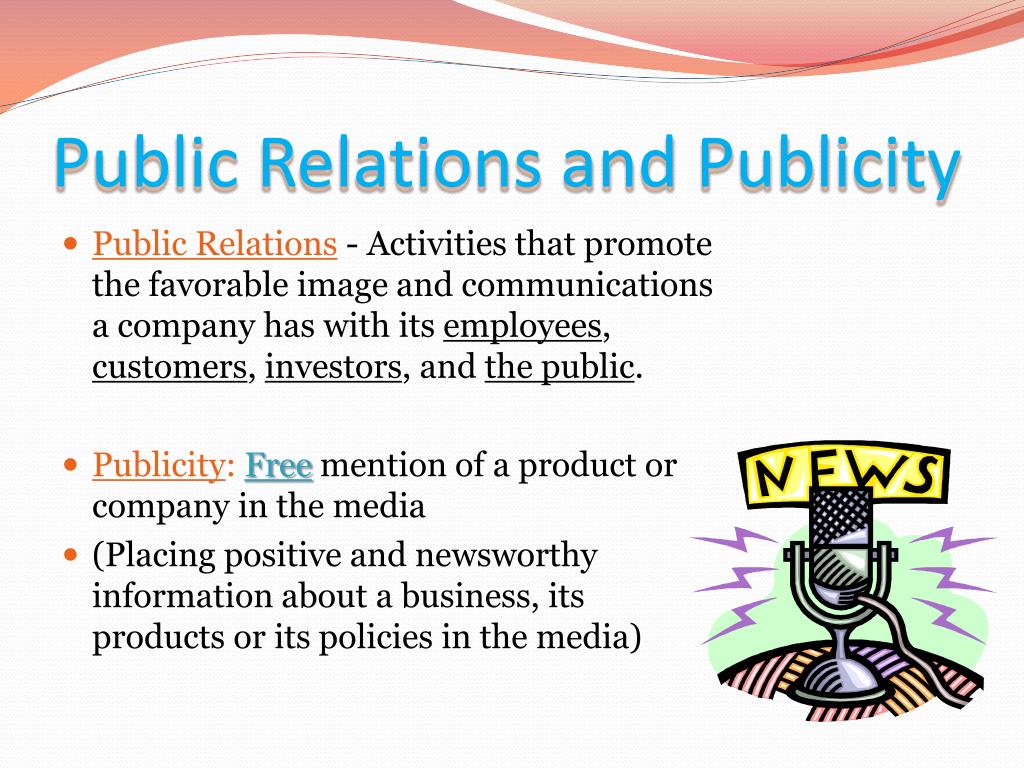

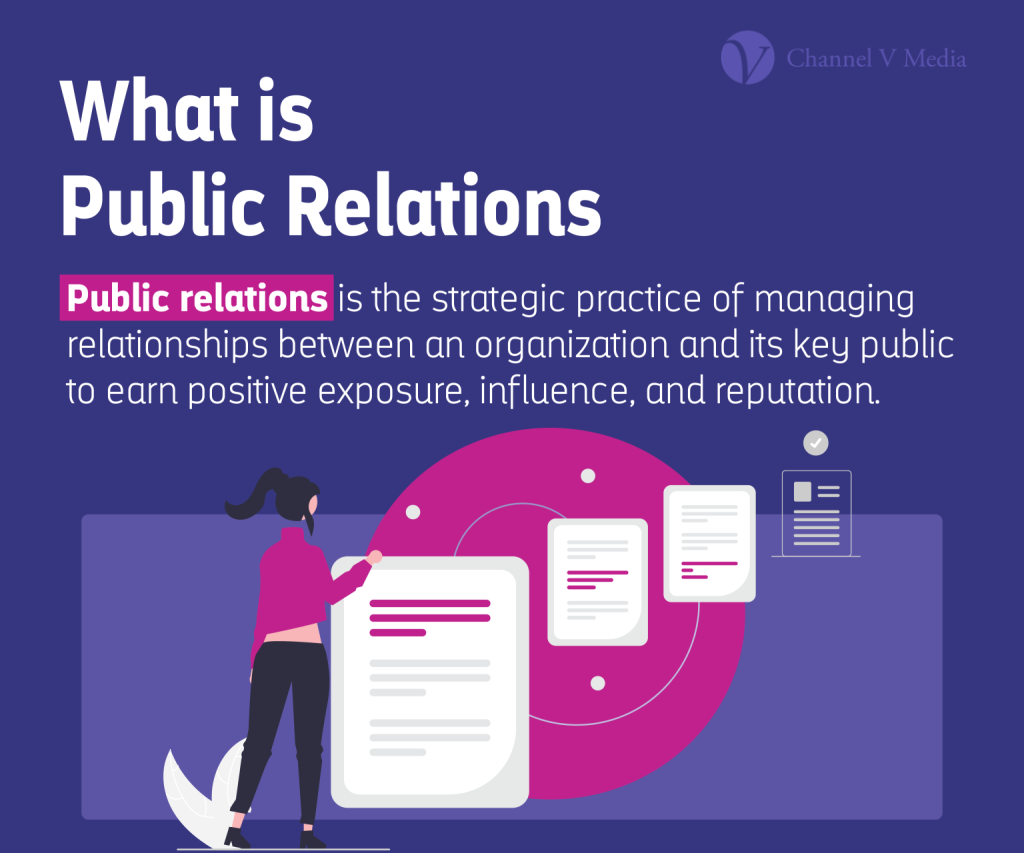

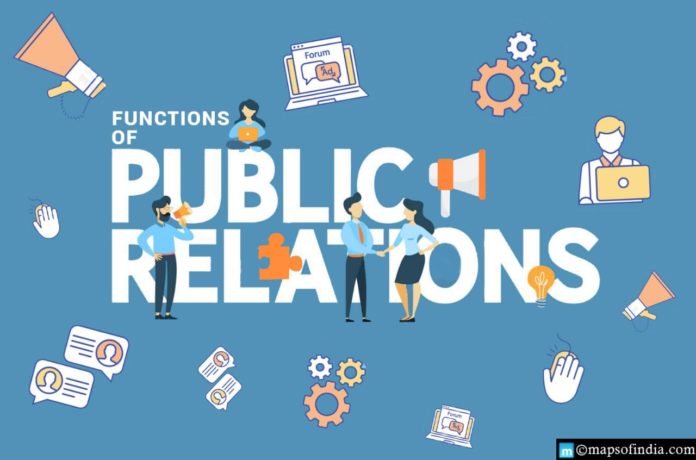

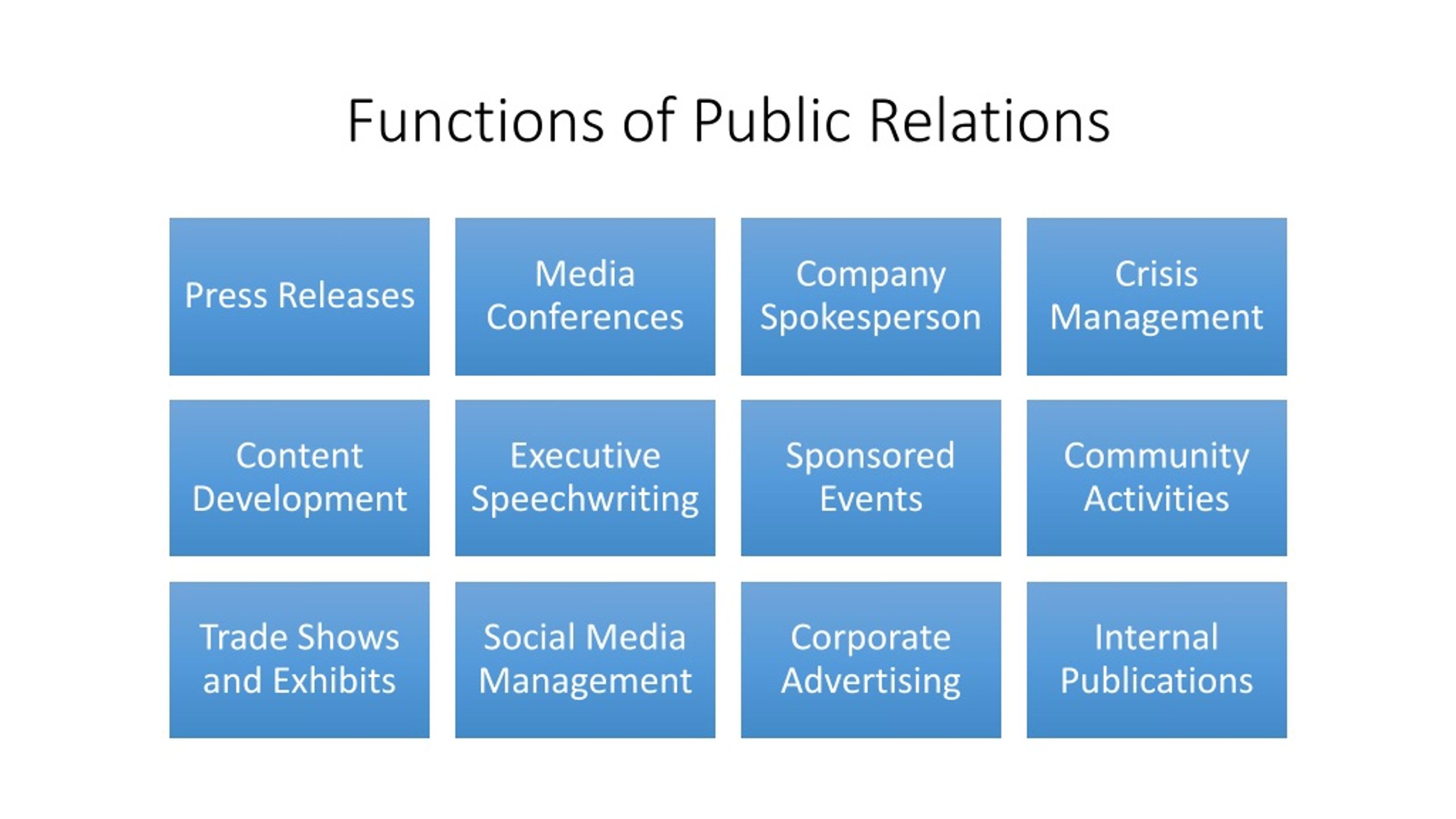



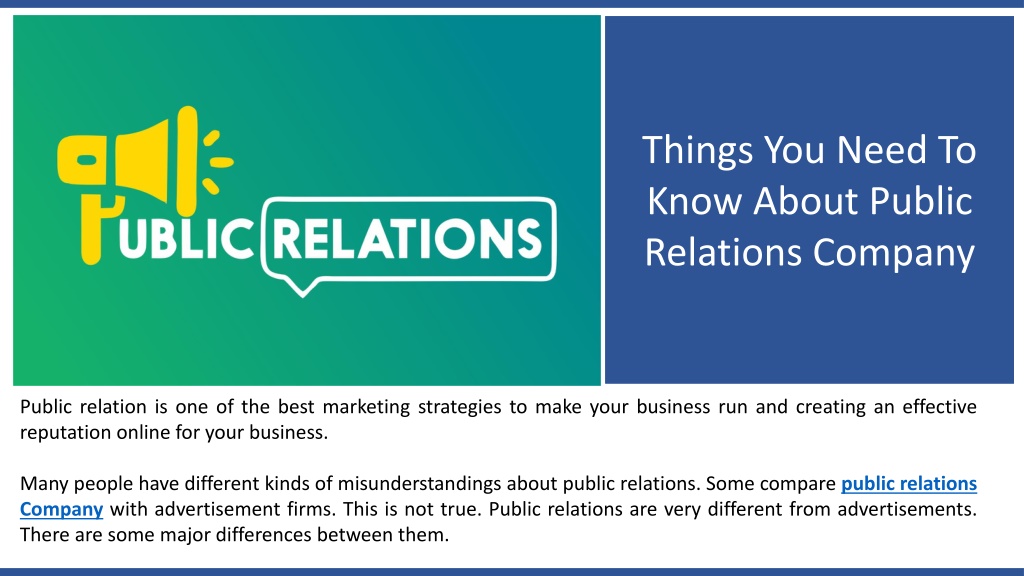
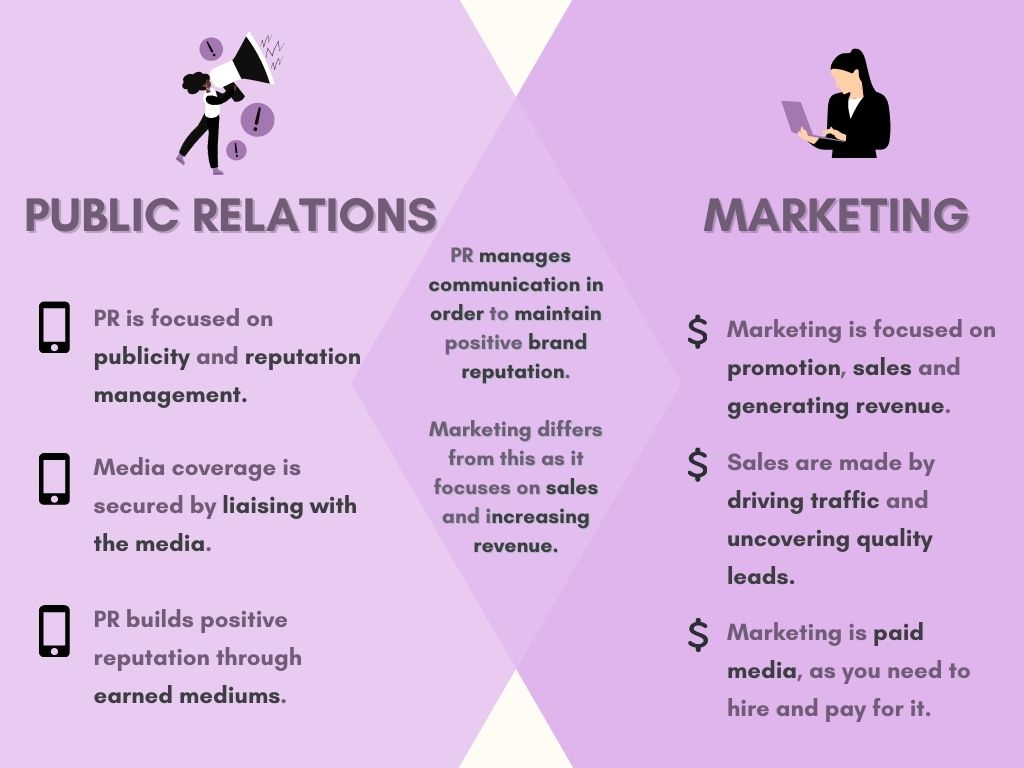


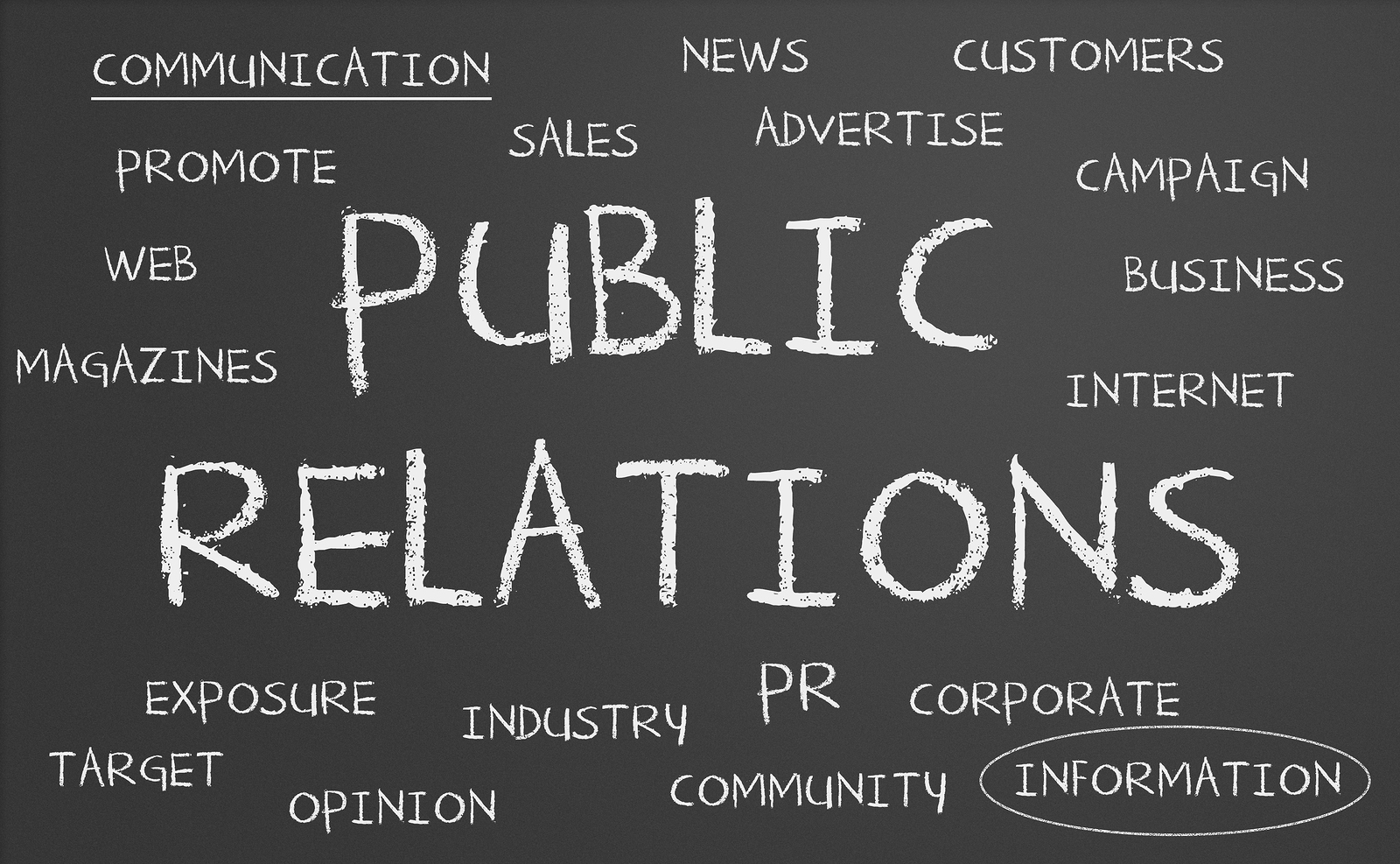
:max_bytes(150000):strip_icc()/public-relations-pr.asp-Final-c41366e2fd1741ff8094348082ee1366.jpg)

